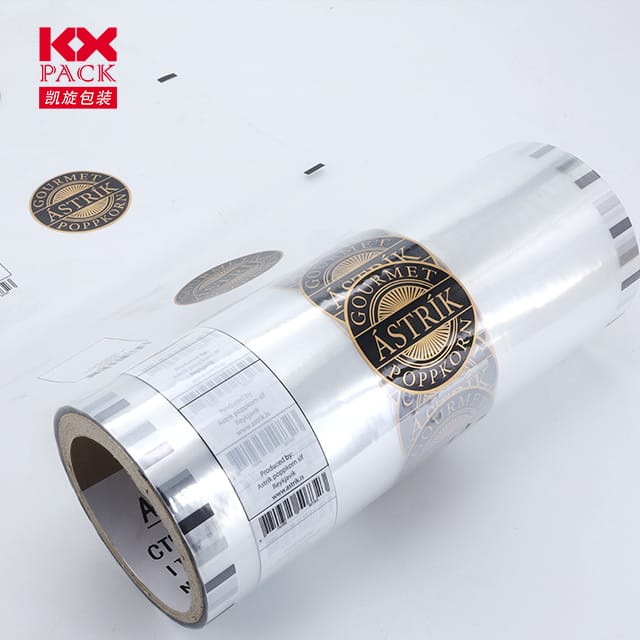ინოვაციური ფილმის შეფუთვა საკვებისთვის: სიახლისა და მდგრადობის შენარჩუნება
ფილმის შეფუთვა
დღევანდელ სწრაფად განვითარებულ სამყაროში, საკვების შეფუთვა განვითარდა მისი ტრადიციული როლის მიღმა, მხოლოდ პროდუქციის დაცვისა და წარმოდგენის შესახებ. თანამედროვე ფილმის შეფუთვა საკვებისთვის არა მხოლოდ უზრუნველყოფს ჩვენი edibles- ის უსაფრთხოებასა და სიახლეს, არამედ მნიშვნელოვან როლს ასრულებს მდგრადობის პოპულარიზაციაში და გარემოზე ზემოქმედების შემცირებაში. Let’s delve into the fascinating world of innovative film packaging for food and explore how it is transforming the industry.
The Evolution of Film Packaging
Film packaging for food has come a long way from simple wrappers and bags made from basic plastics. დღეს, we have a wide array of materials and technologies at our disposal, each designed to meet specific needs in terms of shelf life, transportability, and environmental friendliness. Materials like polyethylene (PE), პოლიპროპილენი (PP), პოლიესტერი (PET), and ethylene vinyl alcohol (EVOH) are commonly used, offering a balance between barrier properties, მოქნილობა, და ხარჯების ეფექტურობა.
Preserving Freshness
One of the primary functions of film packaging is to extend the shelf life of food products by creating a barrier against oxygen, ტენიანობა, და დამაბინძურებლები. Modified atmosphere packaging (MAP) is a popular technique where the gas composition inside the package is controlled to slow down oxidation and microbial growth. This not only preserves the quality and taste of the food but also reduces the need for preservatives.
Active packaging technologies further enhance freshness by incorporating additional layers or additives that can absorb gases, release antioxidants, or even indicate spoilage through color changes. These intelligent packaging solutions are particularly beneficial for perishable goods like fresh produce, meats, and dairy products.
Promoting Sustainability
როგორც მომხმარებლები უფრო ეკოლოგიურად ცნობიერი გახდებიან, the demand for sustainable packaging solutions is growing rapidly. Biodegradable and compostable films made from plant-based materials such as polylactic acid (PLA), polyhydroxyalkanoates (PHA), and cellulose-based derivatives are gaining traction. These materials offer a reduced carbon footprint compared to conventional plastics, as they decompose naturally after disposal.
უფრო მეტიც, circular economy principles are being integrated into film packaging design. This involves creating packaging that can be easily recycled or reused, minimizing waste generation. Multi-layer films, for instance, are now being engineered to be separable, allowing for efficient recycling of each component material.
Innovations in Film Packaging
The future of film packaging for food is incredibly exciting, with ongoing research and development pushing the boundaries of what’s possible. ნანოტექნოლოგია, for example, is being explored to create ultra-thin films with enhanced barrier properties, reducing material usage and improving performance. Smart packaging, incorporating sensors and RFID tags, can monitor the condition of food in real-time, providing consumers with accurate information about freshness and safety.
Edible films and coatings, made from natural ingredients like gelatin, cellulose, and wax, are another innovative approach. These films not only protect food but can also add nutritional value or enhance the sensory experience.
დასკვნა
The evolution of film packaging for food reflects a commitment to innovation, მდგრადობა, and consumer well-being. By continuously advancing materials, technologies, and design strategies, the industry is addressing the challenges of food preservation, waste reduction, and environmental protection. As we move towards a more conscious and sustainable future, the role of film packaging in ensuring the safety, ხარისხიანი, and appeal of our food will become even more critical. Stay tuned for the next wave of innovations that will continue to shape the future of food packaging.







